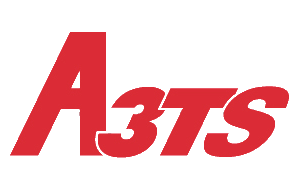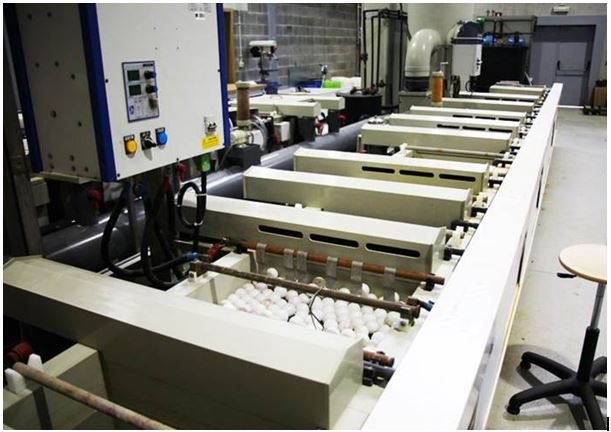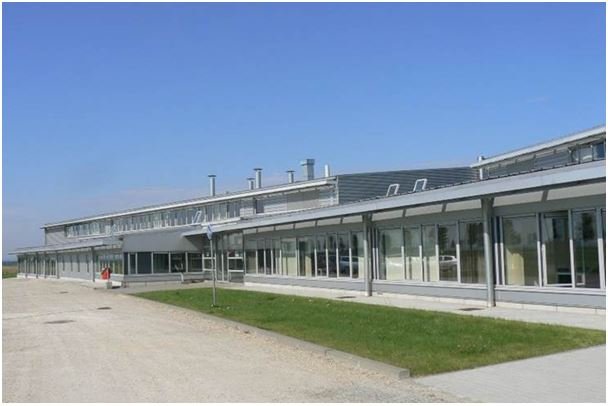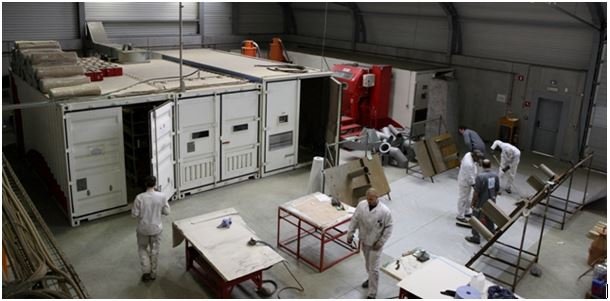WHICH TREATMENTS TO INCREASE THE MECHANICAL DURABILITY OF MATERIALS
On Thursday, November 26, about thirty people from both industry and academia participated in the day 'Which treatment to increase the mechanical durability of materials', organized by the France-North/Belgium section.
This day took place in the premises of the FOREM PIGMENTS training center, in Strépy-Bracquegnies, graciously made available to the local office by Mrs. Hilda de Boeck, director of this center.
The presentations covered topics as diverse as improving the quality of steels by means of processing, the influence of surface treatments on fatigue strength, induction heat treatment, surface strengthening by mechanical methods and wear resistant steels.
The day was brilliantly opened by a presentation of Claude Leroux tracing the whole of the methods which make it possible to improve the mechanical properties of the metal materials and the presentations gave place to discussions of a great technical interest which the participants continued moreover during the meal taken in common, like during the visit of the buildings of the training center, specialized in the field of the surface treatment (PIGMENTS = Industrial Painting, Electroplating, Metallization, Environment, Surface Treatment).
Presentation of the conferences:
Methods to improve mechanical properties.
In hisintroduction, Claude Leroux presented an overview of the solutions provided by heat treatments to improve mechanical properties either in terms of resistance to fracture and fatigue or in terms of softening and improvement of plasticity. The different hardening modes were recalled: direct hardening by quenching (case of iron-carbon alloys, in this case it is necessary to insist on the importance of the martensite rate after quenching and before tempering), hardening by direct or indirect precipitation.Improvement of the mechanical characteristics by the means of elaboration and structure: Applications to tool steels for hot work.
Thierry Loreille (Aubert et Duval) made a complete presentation on the contribution of the means of elaboration and structure on the performances of steels and the application to tool steels for hot work (5% Cr, type H11 and H13). The various steelmaking processes were recalled, from melting to continuous casting or ingot casting, with particular emphasis on refining by remelting (vacuum, ESR) and the search for a very low level of impurities (desulphurization).Mechanical surface reinforcement solutions to increase the service life of metal parts.
Axel de Lavernhe (WINOA) dealt with the case of mechanical reinforcements by shot peening techniques, the different techniques according to the objectives sought and the materials were presented, with a focus on the new peening texturing techniques (micro and nano), their effects on the characteristics and thermochemical reactions.Surface modifications to improve fatigue resistance.
Elie Saül Puchi of the University of Lille Valenciennes, devoted his presentation to the mechanisms of fatigue initiation according to the types of surface treatments and coatings: electrolytic coatings (Cr type), PVD (TiN type), HVOF (WC-Co), anodization of aluminum alloys, nitrocarburized layers, cemented layers reinforced by shot peening. Depending on the morphology of the layers (columnar or lamellar, possibly micro-cracked), the distribution of residual stresses, the environment, the initiations are made for example either on the extreme surface or in the sub-layer. Attempts at explanation are proposed.Les aciers anti-usure : la résistance à l’abrasion ne suffit plus.
Présentation par Céline Vanwijlsberghe (NLMK), d’une aciérie belge, produisant des aciers de construction soudables à haute limite élastique (700 à 960 MPa) et résistants à l’abrasion (400 à 500HB). L’élaboration permet d’atteindre un niveau de soufre < 0,002%, après métallurgie secondaire et coulée continue, le laminage combine un quarto et un TFT, il permet d’atteindre des structures fines <20 µm, et des valeurs de résilience de 35 J à -40°C.Introduction to induction treatment
by L. Koenig SF Induction, general presentation on induction applied to surface treatments, choice of parameters, quick calculation of the inductor - power couple (choice of specific power according to the current frequency) with the help of charts according to the design of the supply circuit.



